

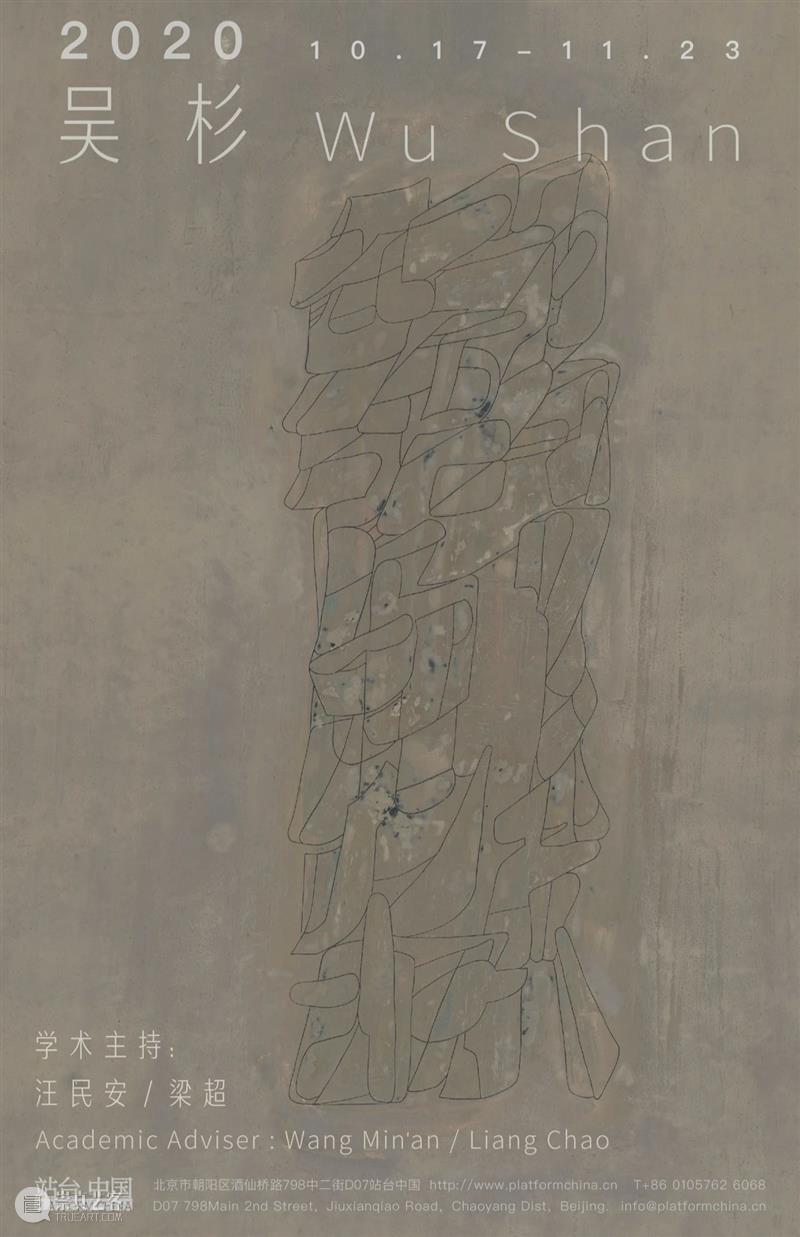
吴杉 2020
Wu Shan
站台中国当代艺术机构荣幸地宣布,将于10月17日向公众呈现艺术家吴杉个展《吴杉2020》,本次展览是吴杉继《曲径》之后在站台中国举办的第二次重要个展,将由3个独立单元组成其叙述结构,并邀请汪民安、梁超担纲学术主持。
吴杉(b.1960),上世纪80年代初毕业于浙江美术学院,后赴美求学,在芝加哥艺术学院研究院取得硕士学位。他曾定居美国生活工作20余年,潜心于绘画语言的研究与实践。在其创作中,吴杉一方面借鉴了盛期现代主义的形式法则,另一方面吸收和转化中国传统的美学经验,他在对大漆材料的实验中找到了链接其观念与美学的独特方式,形成了具有个人面貌的艺术风格。
为呈现吴杉艺术实践的脉络,站台中国将分期调用主空间与dRoom 来分别呈现展览的3个部分:
10月17日,站台主空间将呈现吴杉近期的漆画作品。这些作品显现出艺术家成熟完满的艺术风格。雅致的矩形色块里,匀称纤细的线条勾勒出抽象图形,或隐蔽,或显露,调动着特殊的视觉体验。这些图形往往是一个封闭而复杂的平面空间,形状的变化如同它用来命名的曲牌,呈现出一种优雅的律动,而大漆覆盖的表面亦使作品极具物的特质与魅力。展厅空间将规模化地陈列这些作品,不同的极简色块将构成剧场性的组合。吴杉如此描述它们:“我的画由于运用细线,游丝般缓慢地构成图形,又使用大漆的材质,没有一般表现主义式的情感性的抽象绘画语言激情,现在觉得挺好。以至于我更觉得自己是在制作一件艺术品,不是在画抽象画。”
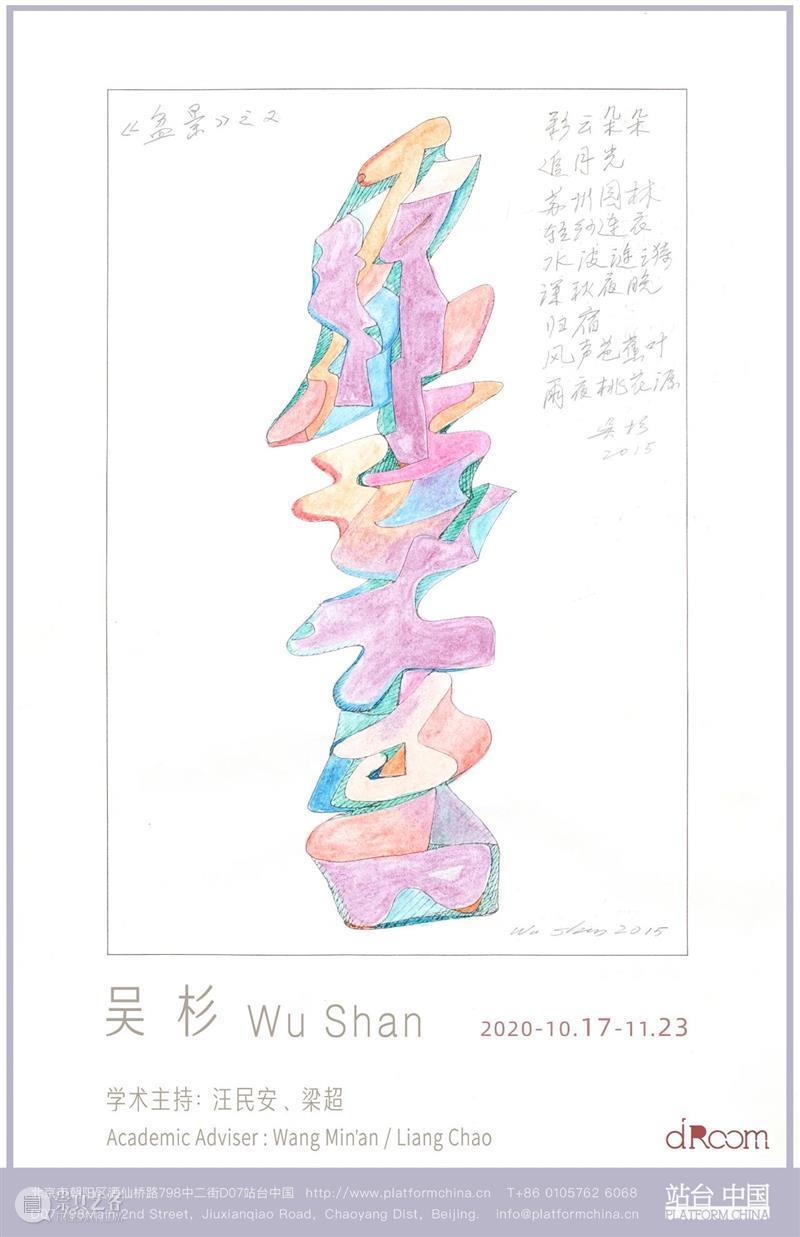
10月17日,dRoom空间将平行展出吴杉的彩色纸本作品、早期漆画与少量手稿。这些作品从他漫长的时间线索中精选而出,是其艺术历程中的重要组成部分。它们为研究吴杉个案提供了一个作品图像志辑要。观众可以从中体会吴杉不同时期的实验方向,可以看到他从对西方现代艺术的接纳,逐渐转向为对中国美学的表达。值得注意的是,较近时期的水彩作品和主展厅中色块漆画组成一个不可分割的工作系统,呈现出吴杉近作的生成路径与逻辑。
11月28日,站台主空间将推出展览的第三个重要部分,呈现其跨度近三十年的素描手稿。这些手稿对他而言,犹如日课一般,既是吴杉对绘画最直接的思考,也是其私人情感的坦露。他在80年代初去了美国,在那漫长的二十余年里,既有枯燥,沉闷,也有刺激,好奇,悲伤,抑郁,欢快,迷茫,被抛弃,兴奋,迷幻。但生活的无常并没有消磨其坚强的个人意志,他以对艺术极度的信仰和依赖,积累下丰富的手稿——这是艺术家的心灵日记。展览希望通过这些日记去呈现那样一个人,而观众可以从中窥见那样一个时代。
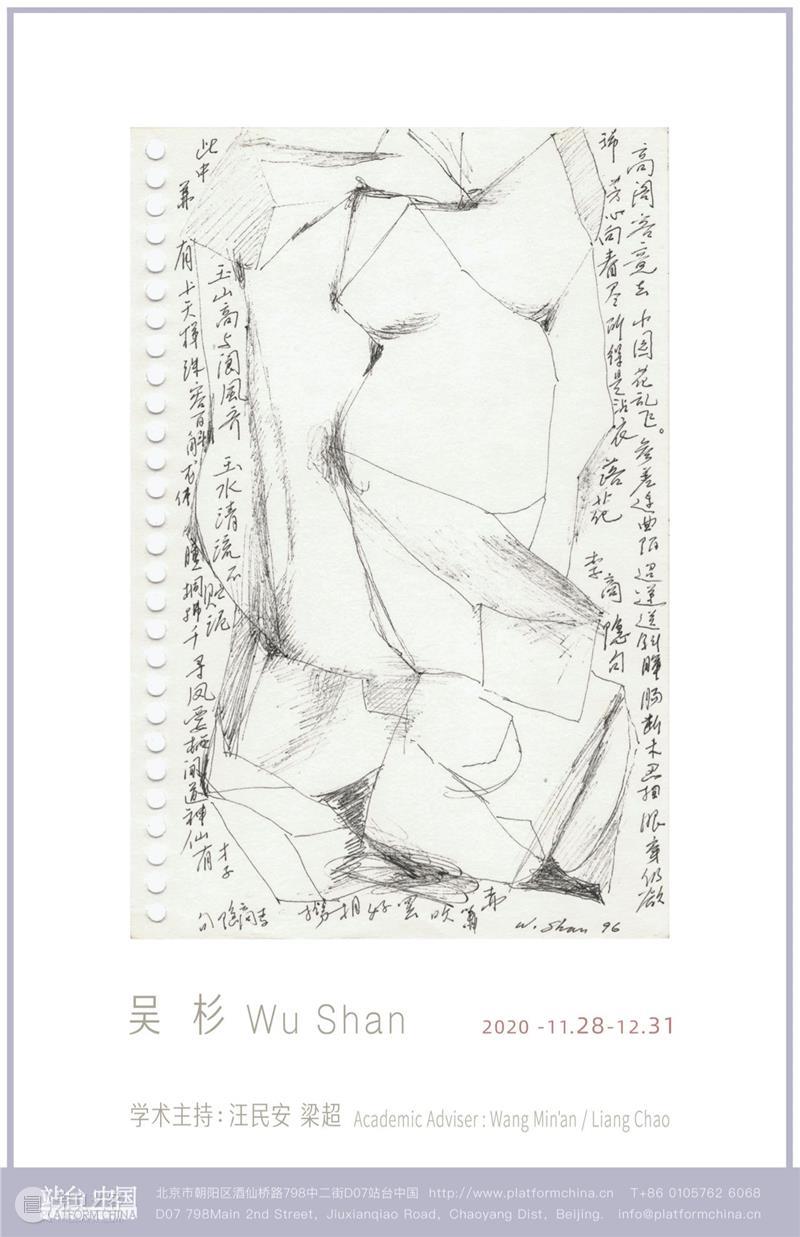
Wu Shan (born in 1960) was graduated from the Zhejiang Academy of Fine Arts in the early-1980s. Later, he studied in the US and acquired the master’s degree from the Graduate School of the School of the Art Institute of Chicago. He lived and worked in the US for more than 20 years and was absorbed in studying on and practicing painting languages. On the one hand, Wu Shan took example by the principles of form of high modernism during his creation; on the other hand, he absorbed and transformed the aesthetic experience of Chinese tradition. He found the unique way of connecting his concepts and aesthetics in the experiment of lacquer materials and established the artistic style with personal features.
In order to intensively demonstrate the context of the artistic practices of WuShan, Platform China will separately display three parts of the exhibition at the principal space and dRoom:
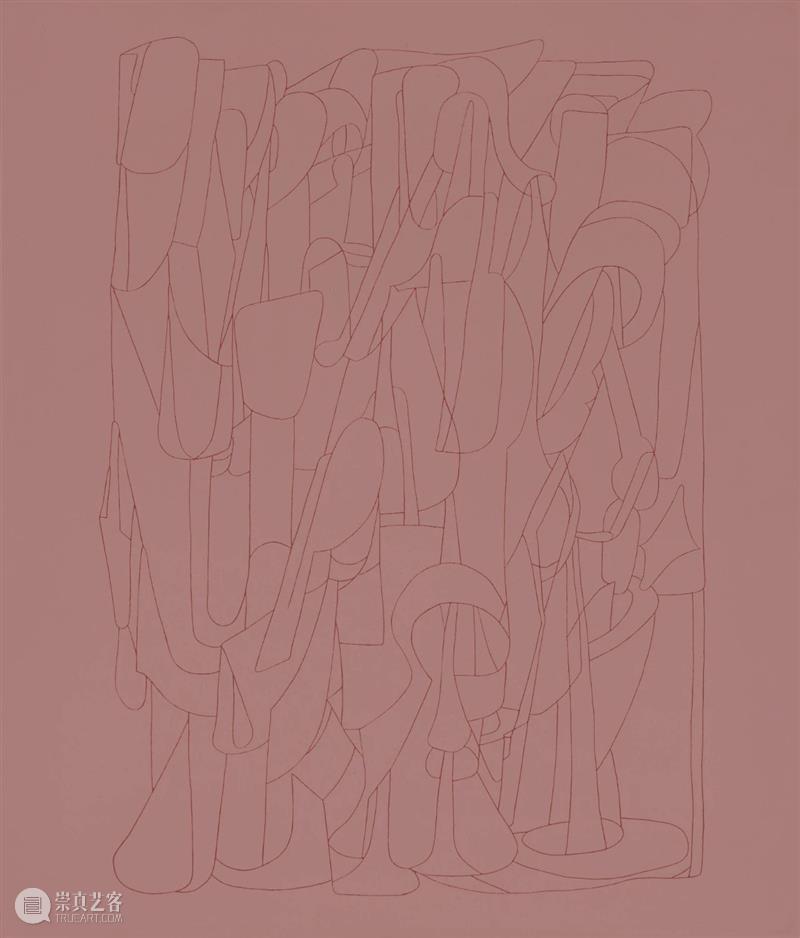
On October 17, the principal space of Platform China will put on display the recent lacquer paintings of Wu Shan to show the mature and perfect artistic style of the artist. Well-balanced and slender lines draw the outlines of abstract images in elegant, rectangular color blocks. They mobilize the special visual experience either in the background or visibly. The figures often show a closed and complex planar space. Like the name used to denominate, the changes of shapes present elegant rhythm, while the surface covered by lacquer also renders the works with physical peculiarity and charm. The exhibition hall will display these works on a large scale, and different, extremely austere color blocks will constitute the theatrical combination. Wu Shan describe them in this way, “Due to the utilization of fine lines in my works, they form figures slowly like hairspring. I also use lacquer, so the works do not have the emotional passion of abstract painting like general expressionism. I believe they are so great that I feel I am creating an artwork rather than drawing an abstract painting.”
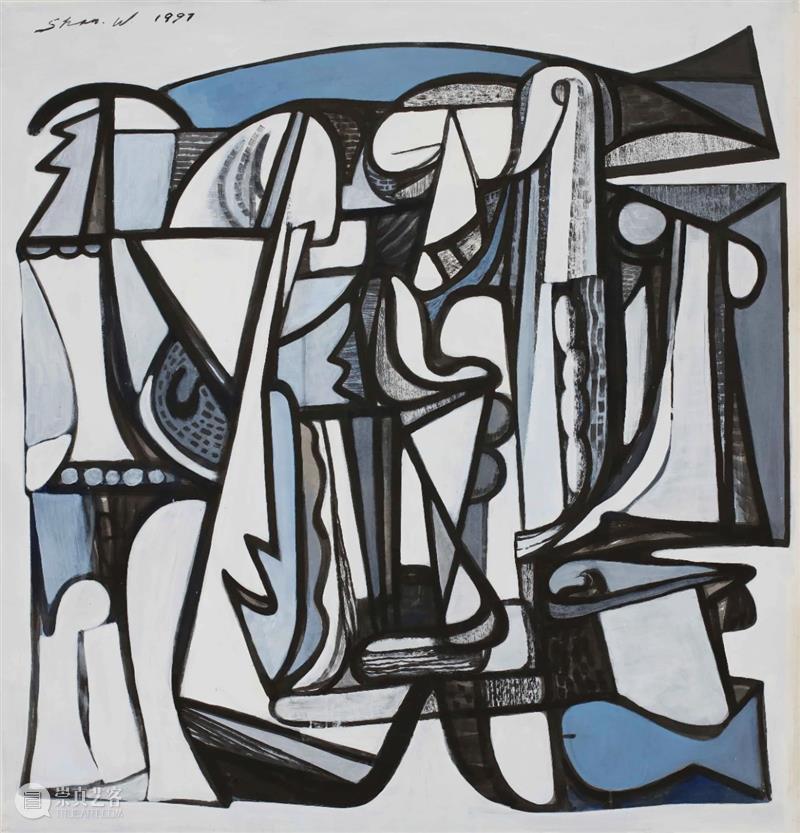
On October 17, dRoom Space will display the colorized paper works, earlier lacquer paintings and some manuscripts of Wu Shan simultaneously. Selected from his lengthy time clue, these works are important parts of his art course. They provide a summary of the image book of the works to study on the individual cases of Wu Shan. The audience can realize the experiment directions of Wu Shan in different periods, and can find that he has gradually shifted from the acceptance of western modern art to the expression of Chinese aesthetics. Noticeably, recent watercolor paintings and the color block lacquer paintings in the principal space constitute an indivisible work system, showcasing the generation path and logic of the recent works of Wu Shan.
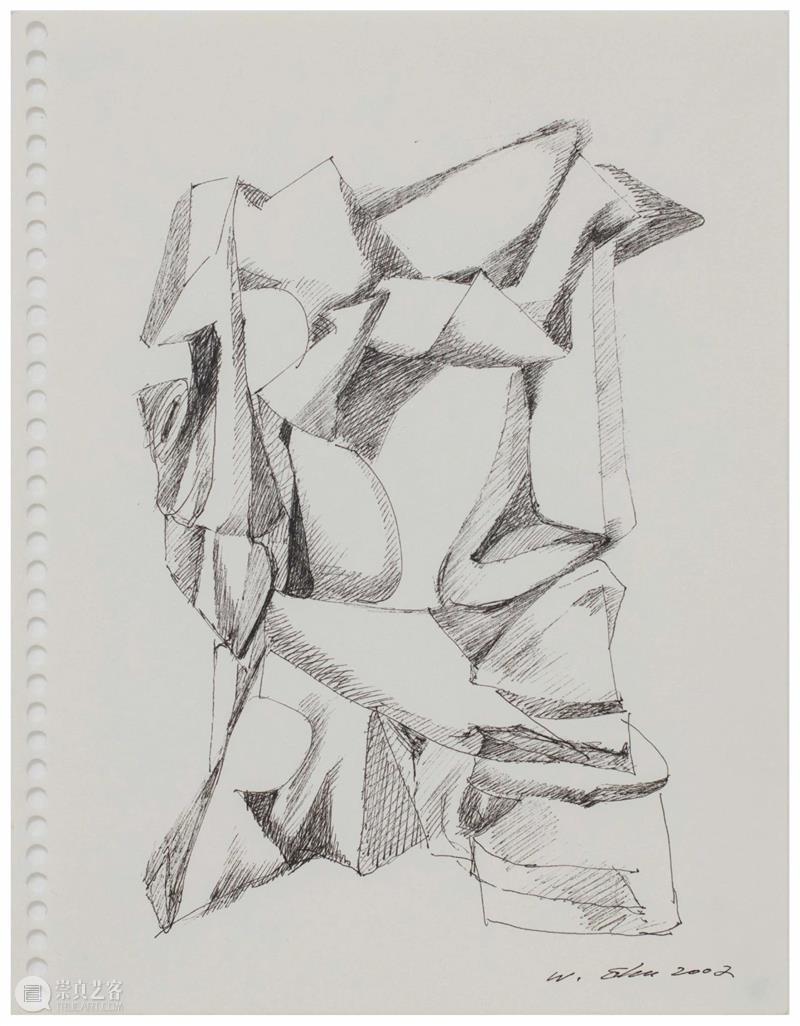
On November 28, the principal space of Platform China will present the third important part of the exhibition, i.e., the sketches created in nearly thirty years. For him, the manuscripts are comparable to daily classes, demonstrate his most direct consideration of painting and reveal his private emotion. He went to the US in the early-1980s. In the lengthy time of 20-plus years, he experienced both bald and tedious life, and irritative, curious, sorrowful, depressed, lively, confused, abandoned, excited and illusive life. However, the changeable life did not wear down his tough individual will. Thanks to his extreme belief in and reliance on art, he accumulated abundant manuscripts – the spiritual diaries of the artist. The exhibition hopes to demonstrate the person through these dairies, from which the audience can get a glimpse of the era.
Somebody lives like a bright flag, while others exist like a transparent paper. WuShan is definitely the latter – we can find from him that the existence of life gradually settles down to art. He was born and grew up in Hangzhou. The context typical of the regions south of the Yangtze River nourishes artists like Wu Shan. He spent forty years to make his life explicit gradually, and leaves behind those elegant lines.
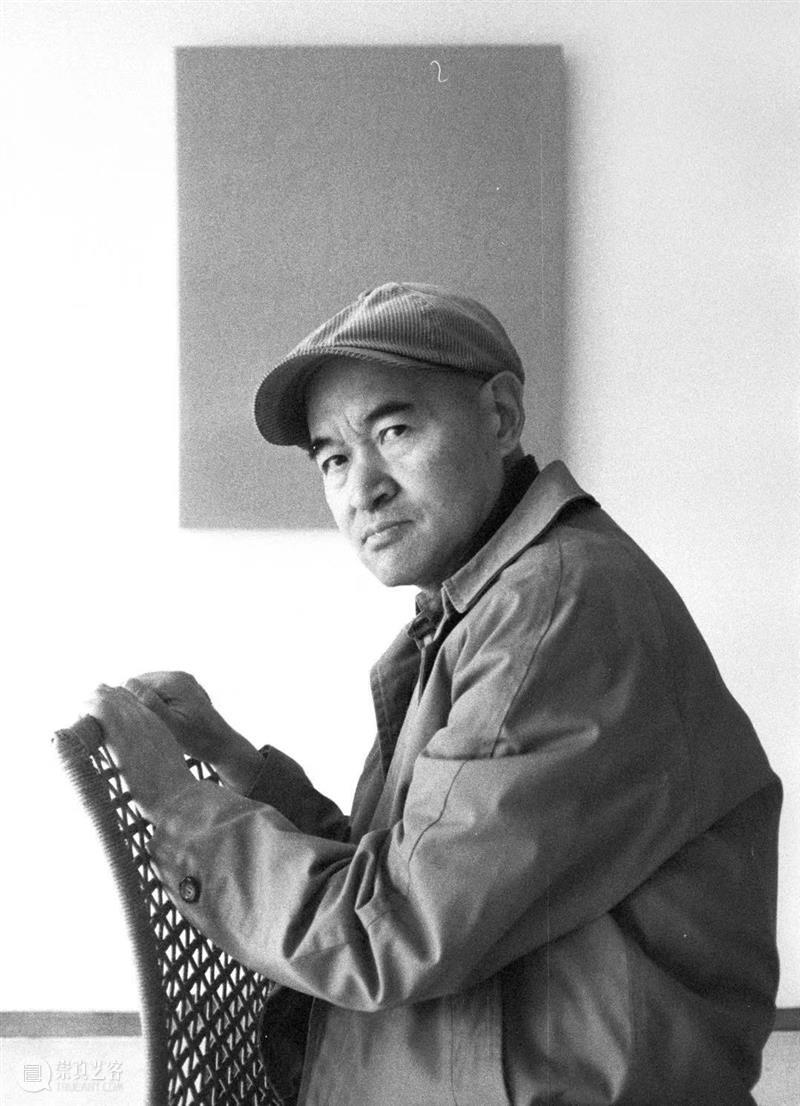

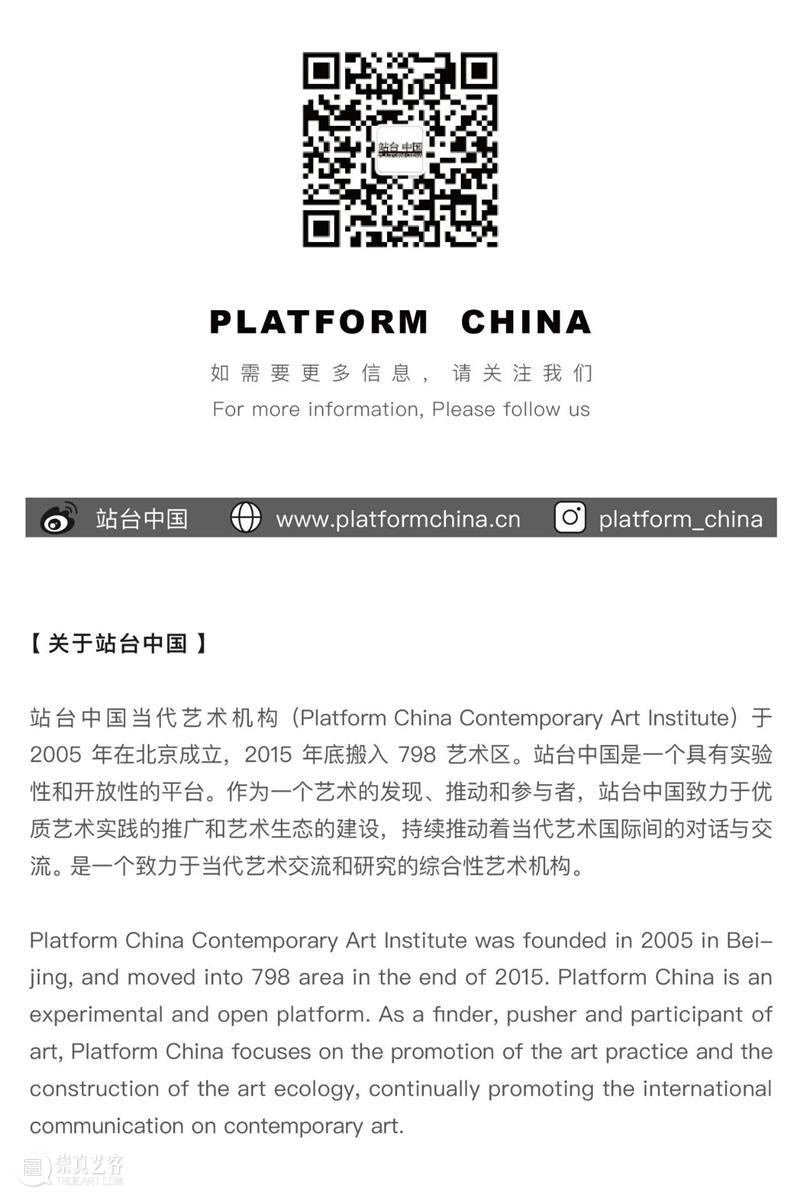


已展示全部
更多功能等你开启...





 分享
分享